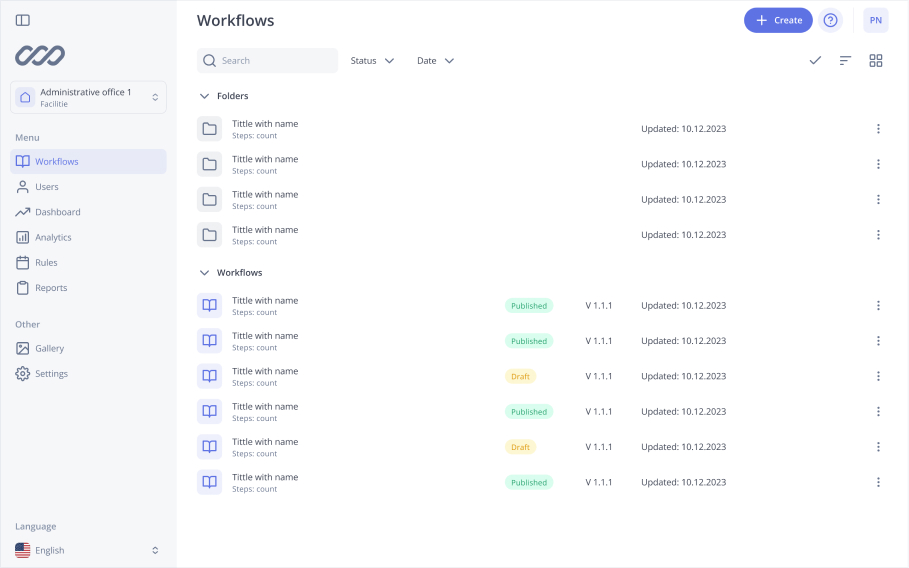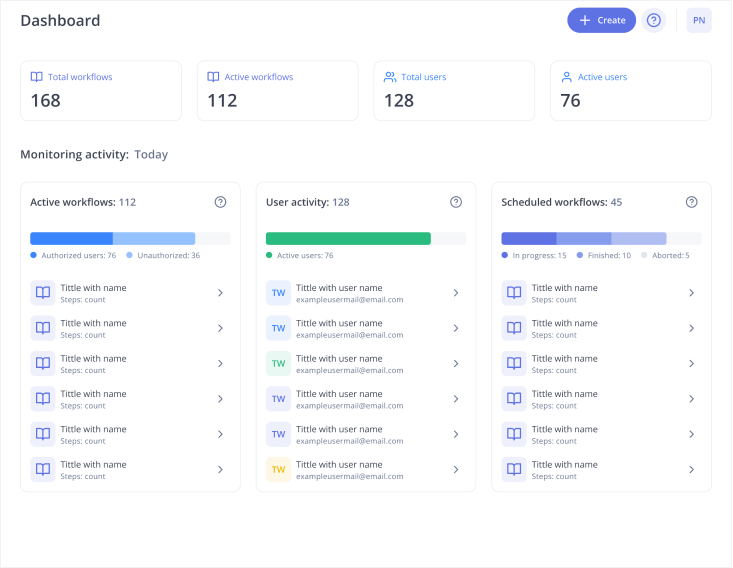Genchi Genbutsu
Genchi Genbutsu is a Japanese term that literally means “actual place, actual thing.” It is a core principle of the Toyota Production System (TPS) and a key element in the broader Lean manufacturing philosophy. The idea is simple but powerful: if you want to understand what’s really happening in a process, you must go to the real location and observe the real situation for yourself.
It’s about verifying facts through direct observation instead of relying on reports, metrics, or assumptions. At its heart, Genchi Genbutsu promotes informed decision-making and accurate problem-solving by grounding action in reality.
Historical Context
The concept of Genchi Genbutsu was developed and promoted by Taiichi Ohno, the founder of the Toyota Production System. Ohno believed that many problems in organizations stemmed from a lack of understanding of what actually happens at the production floor level. To combat this, he advocated that managers and engineers must visit the shop floor, watch the process firsthand, and speak with the workers involved.
One famous method Ohno used was the “chalk circle” technique. He would draw a circle on the floor and require trainees to stand inside it and observe the process silently for extended periods. The goal issn’t to test patience — it was to train the observer to see what others overlook, to notice patterns, inefficiencies, or inconsistencies that are invisible from a distance.
Applications in Business
Genchi Genbutsu is widely used in various industries and functions. While its origins are in automotive manufacturing, the principle is applicable across any environment where value is created.
- Manufacturing: On a factory floor, practicing Genchi Genbutsu might involve observing machine performance, material flow, or assembly-line activity. Managers might walk the line to identify slowdowns, waste, or safety concerns. They’re not micromanaging; they’re collecting data directly.
- Service Industry: In service sectors like banking or hospitality, Genchi Genbutsu might involve sitting in on customer service calls, observing workflows at a branch, or shadowing employees to understand real client pain points.
- Software Development: Though digital, software is also built through processes. Here, the principle might mean watching real users navigate an app, experiencing bugs firsthand, or analyzing how teams handle support tickets — not just reading the logs but watching the process in action.
Why It Matters
1. You Get Closer to the Truth
Reports and KPIs can hide problems. Direct observation helps leaders spot issues like:
- Workers compensating for flawed systems
- Time wasted due to poor layout
- Breakdowns in communication
2. You See the Root Causes
Most business problems are systemic. Genchi Genbutsu helps expose the real source — whether it’s outdated tools, confusing instructions, or misaligned goals.
3. You Make Better Decisions
Seeing something for yourself removes ambiguity. It reduces guesswork and the risk of solving the wrong problem.
4. It Builds Trust
By spending time in the field, leaders show respect for frontline workers. It encourages feedback, surfaces ideas, and makes continuous improvement a shared goal.
Real-World Example
Imagine a drop in output on an assembly line. The data suggests a specific machine is underperforming. A desk-based manager might order a costly repair or even a replacement.
A manager following Genchi Genbutsu would visit the site, watch the machine in use, and speak to the operator. They might find:
- The machine works fine
- The real issue is upstream: inconsistent material supply causes idle time
- Or, the operator spends extra time retrieving tools due to poor layout
In other words, the problem exists in a different place than the data suggested. Without direct observation, the fix would be expensive — and wrong.
Common Misconceptions
“We already have the data.”
Numbers are helpful, but they’re not enough. Data summarizes, but it doesn’t explain context. It shows outcomes, not causes.
“It’s just for factories.”
Wrong. Genchi Genbutsu applies anywhere work happens — offices, hospitals, warehouses, retail stores, or digital platforms.
“We don’t have time for this.”
Actually, you don’t have time not to. Time spent solving the wrong problem costs far more than taking 30 minutes to observe directly.
“I can send someone else.”
Delegating defeats the purpose. You must go. Insight doesn’t travel well through intermediaries.
How to Practice Genchi Genbutsu
- Go to the Actual Site: Where is the work happening? Go there. Whether it’s a factory floor, a retail store, or a code review session, don’t stay in the meeting room.
- Observe Without Judging: Look at the actual work. Watch how tasks are performed, how people interact with systems, where delays occur. Don’t interrupt or try to fix things right away.
- Collect Data and Ask Questions: Talk to the people doing the work. They often know what’s broken — and how to fix it. Ask open-ended questions. Be present, not performative.
- Analyze the Process: Use tools like 5 Whys to uncover root causes. Connect what you saw to what the data said. Look for improvement opportunities.
- Make Informed Decisions: Now, and only now, act. Implement changes based on what you saw. Avoid knee-jerk responses based on surface-level information.
- Return to Verify: Go back after changes are made. Did the problem go away? Did anything unintended happen? Real improvement is measured at the source.
Conclusion
Genchi Genbutsu is not a suggestion — it’s a discipline. It’s a reminder that real insight comes from real places, not filtered through graphs or summaries. Whether you’re a manager, engineer, or executive, the principle challenges you to close the distance between decision and reality.
It’s not fast. But it works — because it deals with the truth. And that’s the only place real improvement starts.
Simplify the way people work and learn at the frontline
See the industry-leading how-to platform in a 30-minute live demo.
Learn more
